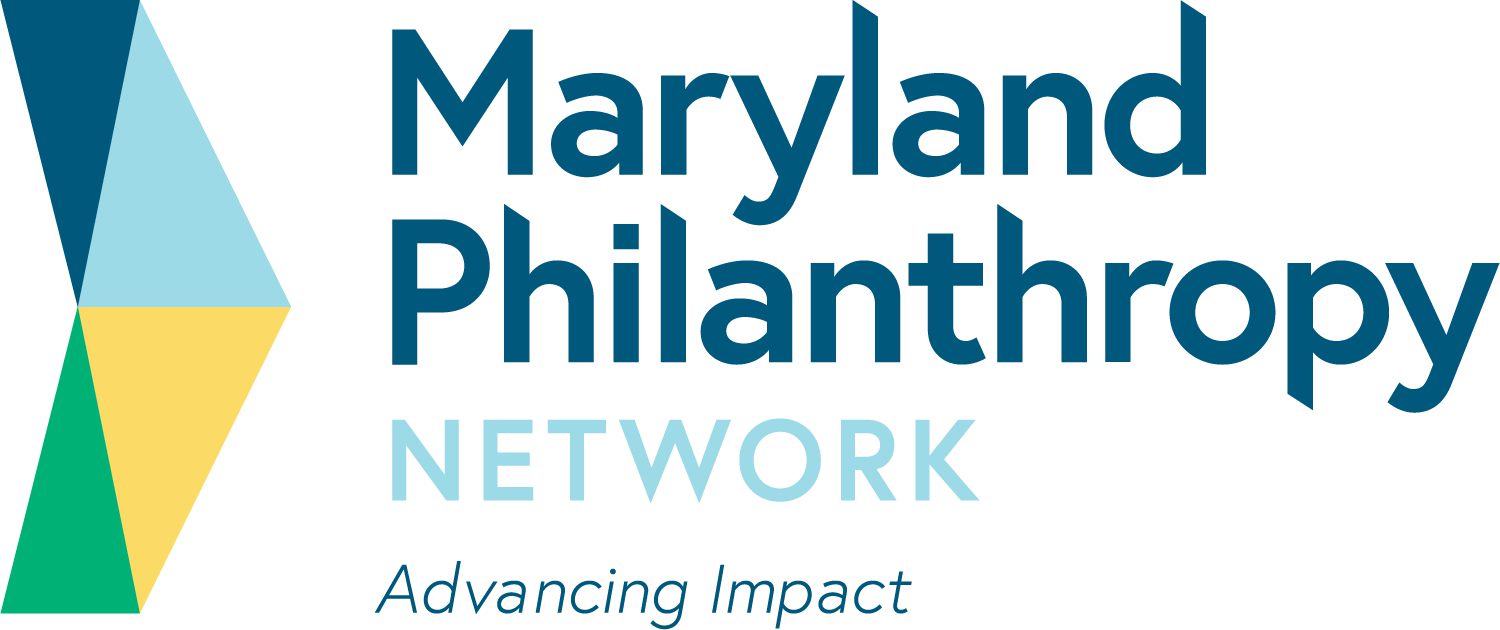How Movement-Accountable Intermediaries Can Change Philanthropy
Leaders of several intermediary organizations share how they envision their role within—and how they ultimately hope to upend—the philanthropic landscape.
In November 2022, Mackenzie Scott announced she had given almost $2 billion to 343 organizations, many of which are funds, as she calls them. In 2021, The Libra Foundation, a family foundation based in San Francisco, announced $10 million to community accountable intermediaries, naming the significance of intermediaries that prioritize trusting relationships with their frontline partners. Meanwhile, the Bridgespan Group and The Bill and Melinda Gates Foundation have partnered to research philanthropic collaborations, “including those that pool or align resources from multiple donors and regrant towards a shared goal.”
Despite this recognition from large, influential funders and institutions, the roles of intermediary organizations are often opaque to those outside of them—funders and grantees alike. With only a handful of published articles describing their methods and impact, there are significant knowledge gaps about how and why these models exist, let alone what they could be called.
In light of that, we are sharing what this model means to us right now. We represent organizations committed to resourcing grassroots organizations led by and for those building movements for justice. We are dedicated to transforming how capital flows to communities that are disenfranchised by white supremacy, racial capitalism, colonialism, and heteropatriarchy—the communities on whose backs philanthropy has built its wealth.
We do not aim to represent every organization that plays an intermediary role. Nor do we represent a complete list of organizations that share our philosophy—there are so many more that we are and would love to be in community with. We hope to begin a conversation by shedding light on what our organizational structures are, why they are shaped that way, and our aspirations for the future. We are doing this as a group because we know that with greater collaboration our collective power will grow. All the issues we work on are interconnected—we need each other to win.
Click here to read the full article.
Source: The Stanford Social Innovation Review

